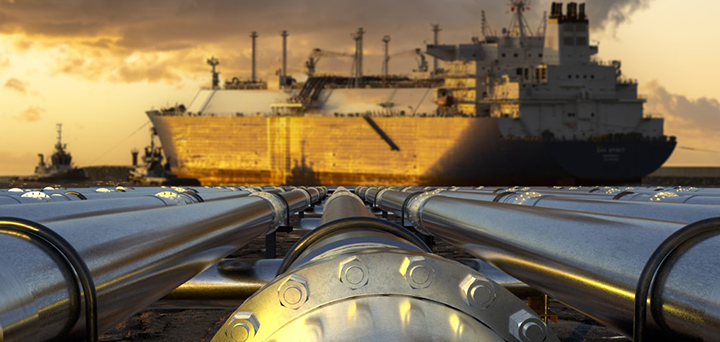

Identification of different liquefied gases during delivery
Liquified petroleum gas (LPG), just like liquefied natural gas (LNG), is playing an increasingly important role in energy supply as a bridging technology. Due to its low-pollutant and CO2-reduced combustion, which produces hardly any particulate matter or nitrogen oxides, it is considered to be particularly climate-friendly. It is used as a fuel in households and industry, as a propellant in spray cans, or in the (petro)chemical industry and agriculture.
To eliminate confusion when loading the two hydrocarbons that form LPG,butane and propane, from the gas tankers into the liquefied gas tank farms at the port terminals, the gases must be re-identifiedwhile passing through the pipelines. This guarantees maximum safety from the source to the end user.
Liquid gas is heavier than oxygen and forms an explosive atmosphere with air. Since it is transported and pumped into the pipelines under high pressure, the measurement technology employed must be highly pressure resistant and ATEX-certified.
To obtain accurate results on the composition of liquid gases, the measurement results must be very precise. For this, Hellma recommends performing spectroscopic inline transmission measurements which provide extremely accurate measurement results even under demanding process conditions. Hellma supports your measuring tasks with the following product solutions which can also be used at high pressures and temperatures due to their robust design:
The composition and quality of liquids and gases can be determined directly in the process stream with the use of spectroscopic inline measurement technology. Our product solutions are convincing both technically and functionally:
» You can find further information on the measurement procedure here
Analyzing processes, pointing out workable solutions and weighing up alternatives. Together with our customers we are developing a variety of metrological solutions. Get in touch with us and find your nearest contact partner.